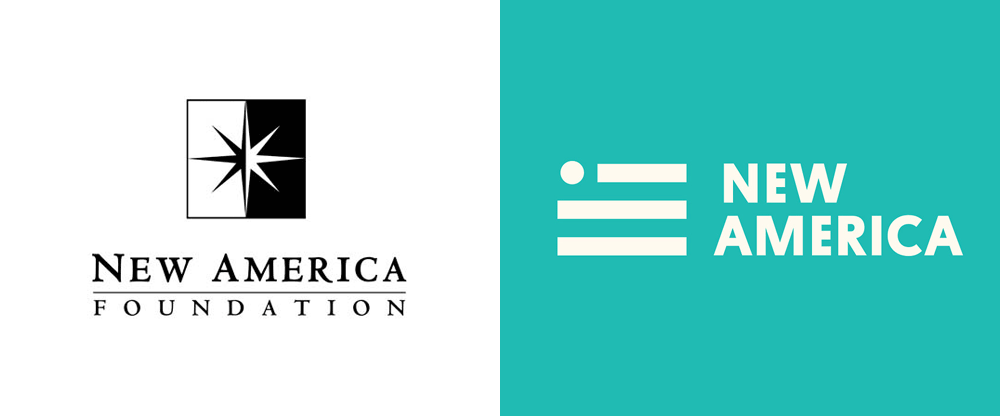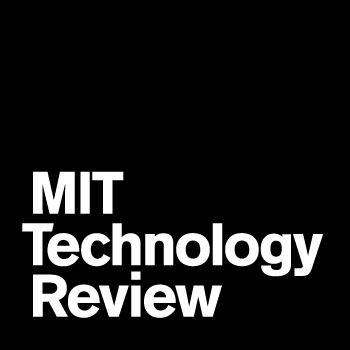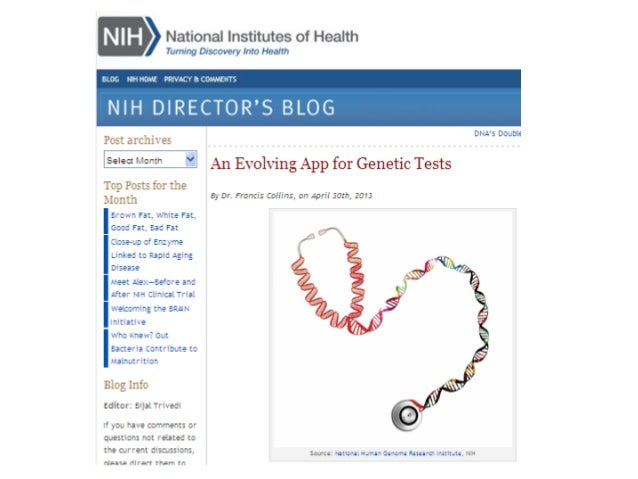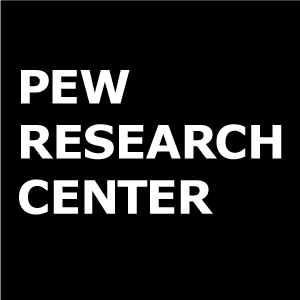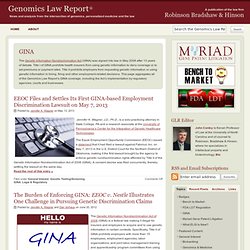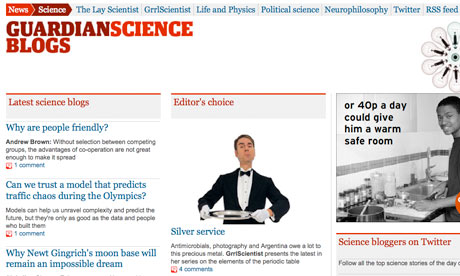
LSI Center Scholar and 3L Walter Johnson has an upcoming article in the Journal of Food Law and Policy. The article, “Blockchain Meets Genomics: Governance Considerations for Promoting Food Safety and Public Health,” considers the promise and challenges of two emerging technologies coming together to improve food safety.
Foodborne illnesses remain a significant public health issue in the U.S. and globally. To better respond to outbreaks, government agencies like the Food and Drug Administration and Centers for Disease Control and Prevention have begun exploring new technical tools. Whole genomic sequencing (WGS) is one such tool, which reveals the DNA of the pathogen responsible for contaminating foods. Scientists can then use the DNA to infer where contamination began and work with food distributors who may have received products from those areas. Meanwhile, blockchain has gained notoriety as more than just a platform for Bitcoin. Large companies including IBM and Walmart have partnered to use blockchain to track food products through global supply chains. Distributors can use this system to work backwards to find each site in the
supply chain that may have harbored contaminated food.
Combining the two technologies may not be a silver bullet for foodborne illness, but blockchain and genomics each have promising benefits and can cover some of the other’s weaknesses.
Despite the promise, bringing together WGS and blockchain systems may create regulatory challenges and conflicts. Government WGS programs and private-driven blockchain systems will require data to flow across the public-private barrier and could raise issues of data integrity, competition between private firms, and system interoperability. Whether the blockchain platforms are public or private, permissioned or permissionless, and which entities control the platforms take on new significance in this context.
The article examines how the design of these technologies and who operates them will create different regulatory hurdles, arguing for early efforts including technical standards and voluntary public-private collaborations to facilitate positive public health outcomes.


